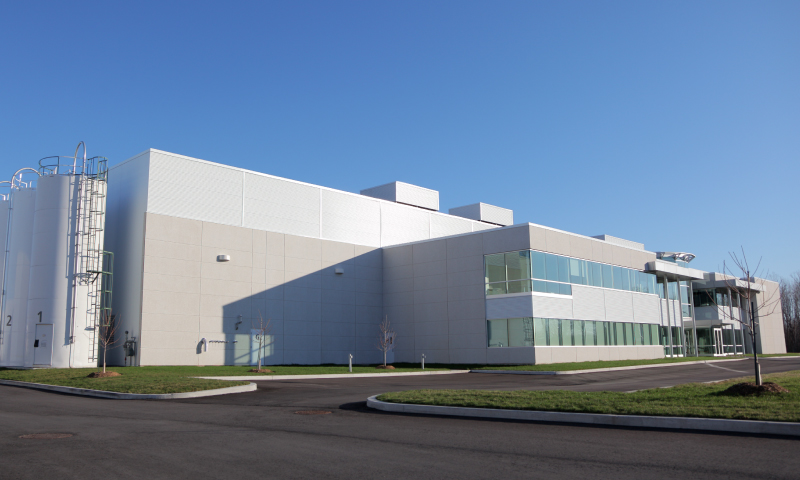03 December 2021
It’s good to see another increase in this month’s CIPS Manufacturing PMI which has moved from 57.8 to 58.1. However, this uplift masks a multitude of conflicting factors. Following a surge in consumer confidence and markets reopening the demand is there, which has led to increased orders and recruitment over the last three months.
However, job vacancies have jumped 13 per cent* from the start of September highlighting that skills shortages across the sector could be hampering further growth. In addition, input costs hit a record high at 89.7, and we are seeing higher output costs at 74.0 to try to bridge the gap. However, manufacturers are still having to absorb significant costs, which is adding acute financial pressure at a time when energy prices are soaring, supply chain issues are disrupting production and manufacturers are looking to take on more staff.
Omicron – next month’s data to show the impact
Looking ahead the new omicron variant presents a significant concern for manufacturers as it could further escalate supply chain disruption with global lockdowns and increased material shortages further if businesses opt to bulk buy to mitigate any future risk. In addition, production capability could be derailed if we see a return of another ‘pingdemic’ and widespread isolation of workers. The Government will need to get any implementation or amendment to plan B right to protect industry if further restrictions are needed to curtail the spread of omicron. Next month’s data will begin to show the real impact of the omicron variant on the industry, but for now the manufacturing sector (and everyone else) must nervously wait and see.
Pugh’s view
As a reading above 50.0 suggests that the activity is growing, the rise in the Manufacturing PMI suggests that demand still continued to rise in November despite higher inflation. The overall rate of new order growth rose again and the future output index suggests activity should continue to rise over the next few months.
Of course, the PMI is just one indicator among many. Other unofficial surveys, such as the ONS’ Business Insights and Conditions survey, have suggested that the economy weakened in November. And the PMI’s suggested that labour and materials shortages are still weighing heavily on output.
However, the combination of rising consumer confidence, a tightening labour market and rising consumer spending on leisure activities, it seems like economic growth may be a little stronger at the end of the year than many have assumed.









